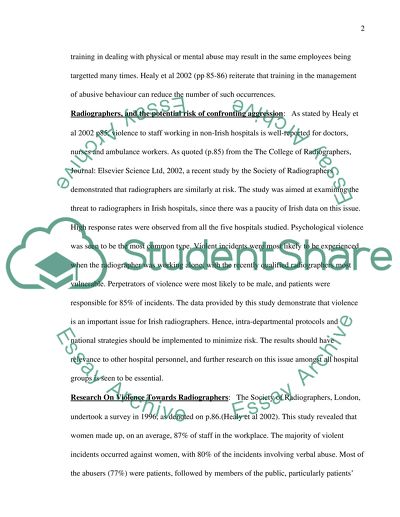Cite this document
(“Discuss how knowledge of psychosocial factors can impact on the way a Essay”, n.d.)
Retrieved from https://studentshare.org/miscellaneous/1538287-discuss-how-knowledge-of-psychosocial-factors-can-impact-on-the-way-a-radiographer-deals-with-aggression-in-patientscarers-within-a-radiology-department
Retrieved from https://studentshare.org/miscellaneous/1538287-discuss-how-knowledge-of-psychosocial-factors-can-impact-on-the-way-a-radiographer-deals-with-aggression-in-patientscarers-within-a-radiology-department
(Discuss How Knowledge of Psychosocial Factors Can Impact on the Way a Essay)
https://studentshare.org/miscellaneous/1538287-discuss-how-knowledge-of-psychosocial-factors-can-impact-on-the-way-a-radiographer-deals-with-aggression-in-patientscarers-within-a-radiology-department.
https://studentshare.org/miscellaneous/1538287-discuss-how-knowledge-of-psychosocial-factors-can-impact-on-the-way-a-radiographer-deals-with-aggression-in-patientscarers-within-a-radiology-department.
“Discuss How Knowledge of Psychosocial Factors Can Impact on the Way a Essay”, n.d. https://studentshare.org/miscellaneous/1538287-discuss-how-knowledge-of-psychosocial-factors-can-impact-on-the-way-a-radiographer-deals-with-aggression-in-patientscarers-within-a-radiology-department.


